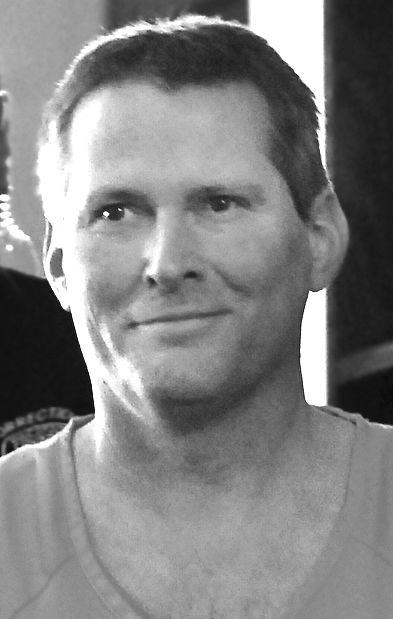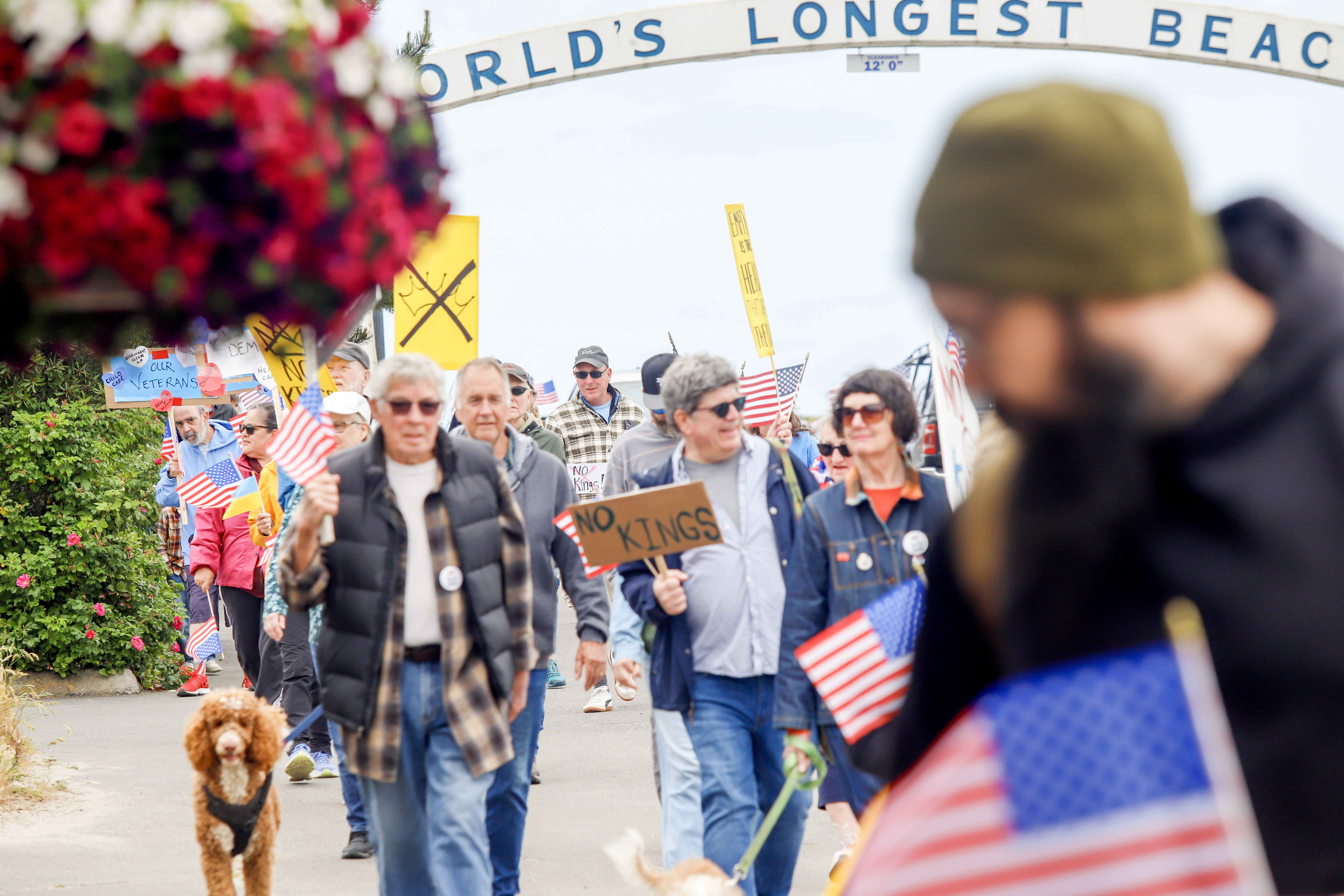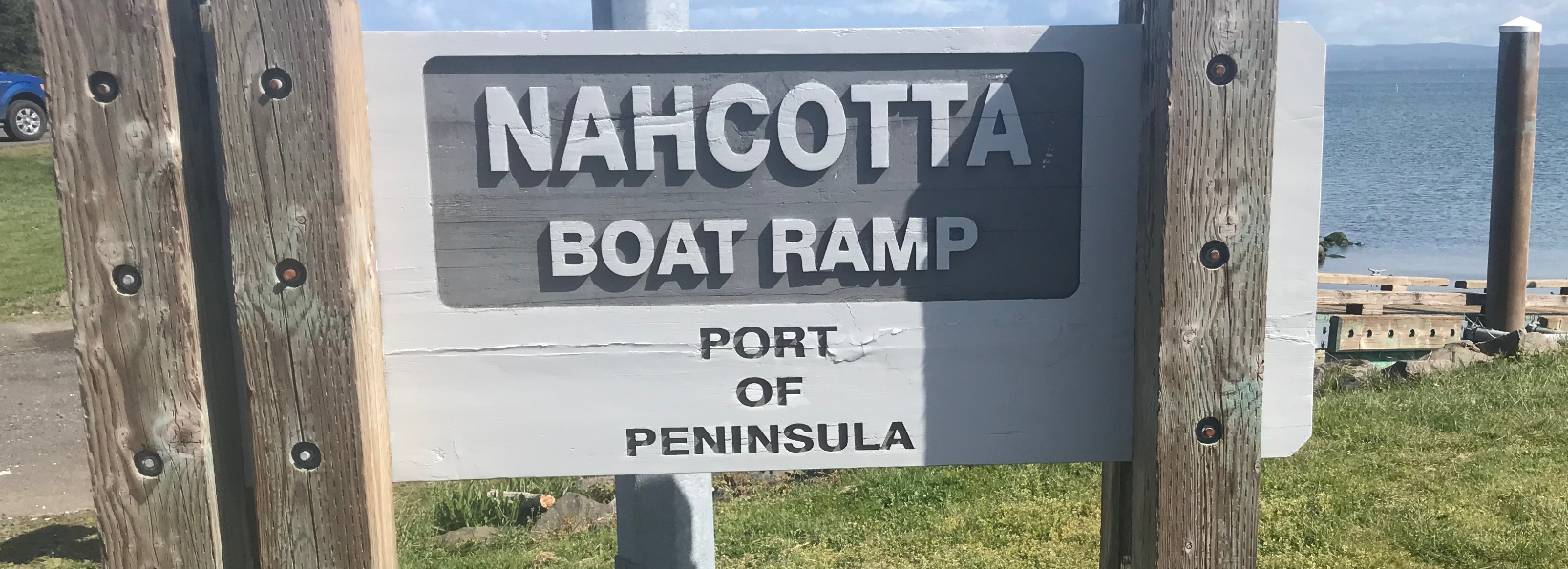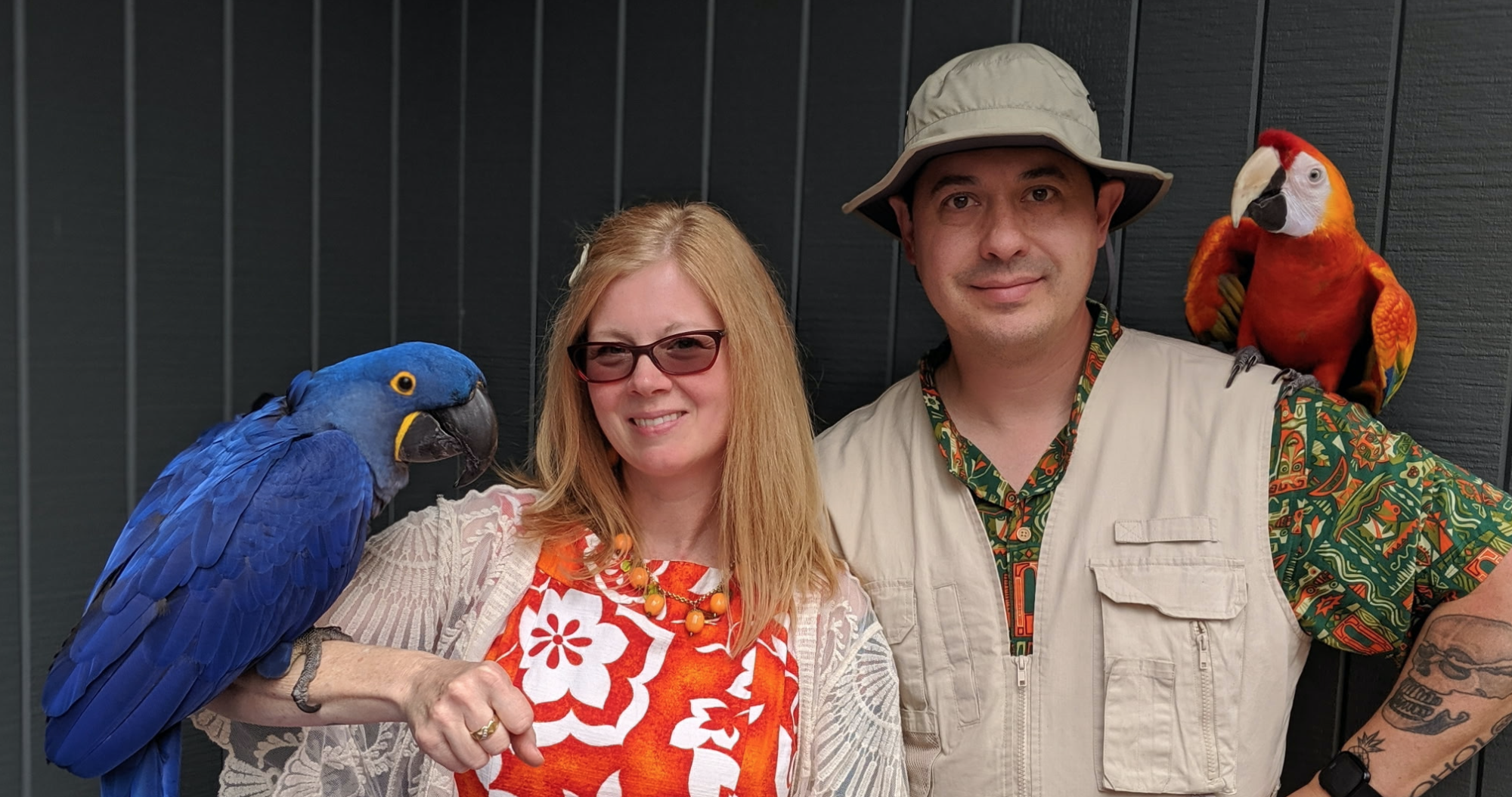Convicted sheriff shooter granted retrial
Published 5:00 pm Monday, June 10, 2013

- Martin Jones
LONG BEACH Martin Jones, the Seaview man convicted in February 2011 of shooting Washington State Trooper Scott Johnson in the back of the head, has been granted a new trial by the Washington State Court of Appeals.
The Jones case took place in the context of several high-profile deadly attacks on law officers in the Pacific Northwest. His year long prosecution after the Feb. 13, 2010, shooting in downtown Long Beach hinged largely on Johnsons eyewitness testimony. Elected Pacific County sheriff in November 2010, Johnson said during the trial and since then that he is 100 percent confident Jones was the man who fired a short .22 caliber round into him.
At sentencing, Jones said, I will tell the court again. I did not do this. He adamantly continues to deny involvement in the crime, which occurred at the scene of his wife Susans arrest by another state trooper for driving under the influence. Johnson was in the process of inventorying the contents of the Jones family minivan in the middle of the night beside U.S. Highway 101 when he was shot. He returned fire but didnt hit his assailant.
Tracking dogs followed a trail to the vicinity of the Jones family home in Seaview. A search warrant eventually turned up ammunition identical to that used in the crime, along with other evidence. The firearm used has never been found.
A small but articulate group of supporters sided with Jones at the time of his conviction.
Now serving an exceptional 50-year prison sentence for attempted first-degree murder, Jones pursued what is called a pro se appeal, meaning without professional legal counsel. In a decision issued June 4, a three-member panel of appeals judges unanimously rejected a majority of Jones arguments, but found one clear error on the part of a Pierce County Superior Court clerk that warrants a brand-new trial.
Jones argues that his constitutional right to a public trial and his right to be present were violated when, during a court recess off the record, the trial court clerk drew four juror names to determine which jurors would serve as alternates. In light of our Supreme Courts recent public trial cases that make virtually any courtroom closure structural error, we agree with Jones that the trial court violated his public trial rights. Accordingly, we vacate his conviction and remand for a new trial, the Court of Appeals ruled.
Reacting to the decision, Johnson said last Tuesday afternoon, As many of you have heard, Martin Jones, the man convicted and sentenced to 50 years in prison for attempted murder, has been granted a new trial due to a technical legal procedure.
While I find the situation personally frustrating, upholding the U.S. and state Constitution is both my career and a moral calling. No victim looks forward to enduring a long and sometimes painful legal process a second time, but I will again assist prosecutors to ensure that Martin Jones spends all or most of his remaining life in prison.
Johnson was hospitalized in Portland immediately after the attack but has now mostly recovered. He also has pursued a lawsuit against Jones in an effort to recover damages.
The case will be sent back to prosecutors with the Washington State Attorney generals Office, who are now considering their next moves.
Juror selection
A Pierce County court conducted the trial after Jones attorneys at the time demanded a change in venue because of pre-trial news coverage inside Pacific County. The case was initially moved to Thurston County, but Jones objected to the judge assigned to his trial. He also attempted to disqualify the Pierce County judge on the basis that her husband is a retired law officer. But Jones had exhausted his right to seek a different judge and his trial moved forward.
In Pierce County, a jury of 16 was selected to hear the evidence. Then, during the defenses closing arguments, there was a court recess during which the court clerk randomly pulled four jurors names. They were excused from deliberations. Jones attorneys did not raise any objection at the time about how this was done. Only following the verdict was an objection made. Via his lawyers, Jones also objected that he should have been able to present evidence that someone else shot Johnson. The trial court rejected these objections.
Relying on the Washington State Constitution and rulings by the state Supreme Court, the appeals judges noted that [j]ustice in all cases shall be administered openly. There was no need to object during the trial to the error that was made by making the juror decision out of sight. Nor is there any need to show that the mistake was deliberately prejudicial or influenced the outcome of the verdict. There is no indication in the Jones case that the clerk manipulated the selection or that different jurors would have arrived at a different verdict.
Although we do not suggest that the alternate juror drawing in this case was anything but random and Jones does not appear to argue otherwise there is simply no way to tell how the drawing was performed. The issue is not that the drawing in this case was a result of manipulation or chicanery on the part of the court staff member who performed the task, but that the drawing could have been, the appeals judges said.
Other arguments
The Court of Appeals also addresses a number of other issues raised by Jones, but rejects them all from the standpoint of justifying a new trial. The judges did, however, express some agreement with Jones assertions from a factual or legal standpoint.
Johnson made an initial identification of Jones based on a photo of him provided by Washington State Patrol investigators while Johnson was still in the hospital.
Jones asserts that the photo identification procedure was impermissibly suggestive. We agree and hold that the photo identification procedure employed by law enforcement officers was unduly suggestive, the court said. But the appellate judges said Johnsons photo identification was still reliable enough to be considered by the jury.
The appeals court also rejected an assertion by Jones that the jury should have been given a cautionary instruction about problems with eyewitness identifications, noting that such a decision is up to the trial judge.
Following the shooting, Johnson made a variety of statements about how well he saw that man who shot him: I got a good look at him; diligent attention; did not get a good look at the shooter; and mostly saw a side profile. The appeals court said these statements are at best inconsistent.
He was shown a variety of photos of men who werent Jones and rejected them all as not being the shooter. Shown an indistinct photo of Jones, he requested a better copy. But on Feb. 14, 2010, Johnson was finally shown a clear, color photo of Jones Department of Licensing photo, and identified him as the shooter. The appeals courts entire consideration of the issue is complicated and can be read at http://tinyurl.com/ldozjna. But in the final analysis, they ruled despite suggestiveness, the photo identification procedure was reliable enough to be given to the jury.
The trial court permitted evidence of Trooper Johnsons eyewitness identification, noting that any defects in the evidence go to the evidences weight, not its admissibility, the court ruled.
I looked at him just as close as you and I are speaking. I have no doubt whatsoever, Johnson told a reporter last week.
The appeals court also rejected Jones challenges of trial court rulings about several other pieces of possible evidence. They said there wasnt really any credible evidence to suggest that some specifically identifiable alternate suspect committed the crime. The trooper who arrested Susan Jones on the night of the shooting saw someone else on the street who may have had an opportunity to shoot Trooper Johnson. But 40 minutes elapsed between Trooper Greenes observation and the shooting. Thus, Trooper Greenes testimony would not demonstrate the required connection between the person Trooper Greene saw and the shooter. …
Jones asserts that the State was permitted to state that all other suspects were cleared, despite the lack of investigation of all 1,600 tips called in from citizens. Even if Joness assertion is true, Jones fails to demonstrate that any of these tips demonstrate the necessary connection between another suspect and Trooper Johnsons shooting, the appeals court said in footnote.
The trial also rejected proposed testimony by Washington State Patrol Crime Lab Supervisor Chris Sewell, who had sent an e-mail calling the police investigation of Trooper Johnsons shooting haphazard. But Sewells comment had nothing to do with the fingerprint analysis that was being challenged by Jones attorneys.
Allowing a crime lab supervisor to openly and generally criticize the entire police investigation through an opinion that it was haphazard would have elicited an emotional, rather than rational, response among the jurors, the appellate judges said.
The court also summarily rejected a wide variety of other challenges made by Jones.





